Key Takeaways
- Silverfish thrive in dark, humid environments like basements and bathrooms.
- They feed on paper, clothing, cardboard, and pantry items.
- Sealing cracks and reducing humidity help prevent infestations.
- Natural repellents like cedar oil and diatomaceous earth deter silverfish.
- Traps and insecticides can be used for severe infestations.
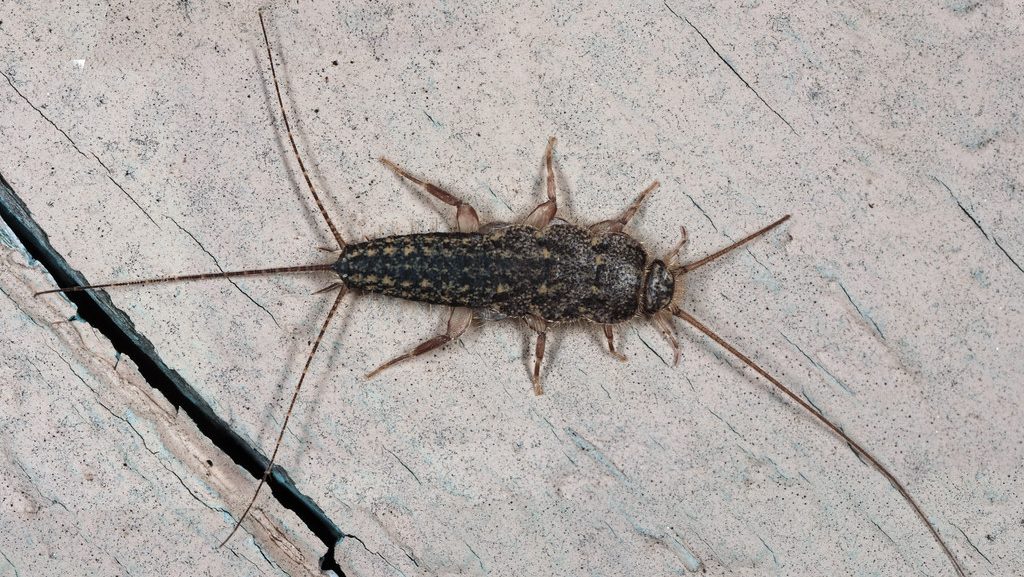 Silverfish are common household pests that can startle you with their quick, wriggling movements. If you’ve noticed these small, silver-coloured insects in your home, you’re likely wondering what attracts them and how to get rid of them for good. This comprehensive silverfish guide will explain why silverfish are in your home, what conditions they thrive in, and the best methods to remove them and prevent their return.
Silverfish are common household pests that can startle you with their quick, wriggling movements. If you’ve noticed these small, silver-coloured insects in your home, you’re likely wondering what attracts them and how to get rid of them for good. This comprehensive silverfish guide will explain why silverfish are in your home, what conditions they thrive in, and the best methods to remove them and prevent their return.
What Are Silverfish?
Silverfish (Lepisma saccharina) are small, wingless insects known for their fish-like shape and silvery-grey color. They measure about 0.5–0.75 inches long, with long antennae and three bristle-like appendages at the end of their bodies. These insects are nocturnal, meaning they hide during the day and come out at night to search for food.Silverfish Risks-Are Silverfish Harmful?
-
They damage books, wallpaper, and important documents.
-
Silverfish infestations can ruin fabrics and stored clothing.
-
They can contaminate pantry goods like flour, cereal, and pasta.
-
Large infestations may contribute to dust and allergens in the home.
Why Are Silverfish in Your Home?
-
High Humidity and Moisture: Silverfish thrive in environments with high humidity (above 75%), especially in bathrooms, basements, crawl spaces, and kitchens.
-
Food Sources: They feed on books, paper, wallpaper glue, fabrics, and pantry items like flour and cereal.
-
Dark and Hidden Areas: Silverfish hide in closets, attics, under sinks, and behind bookshelves where they can remain undisturbed.
-
Entry Points from the Outdoors: They can enter homes through foundation cracks, vents, and small gaps around windows and doors.
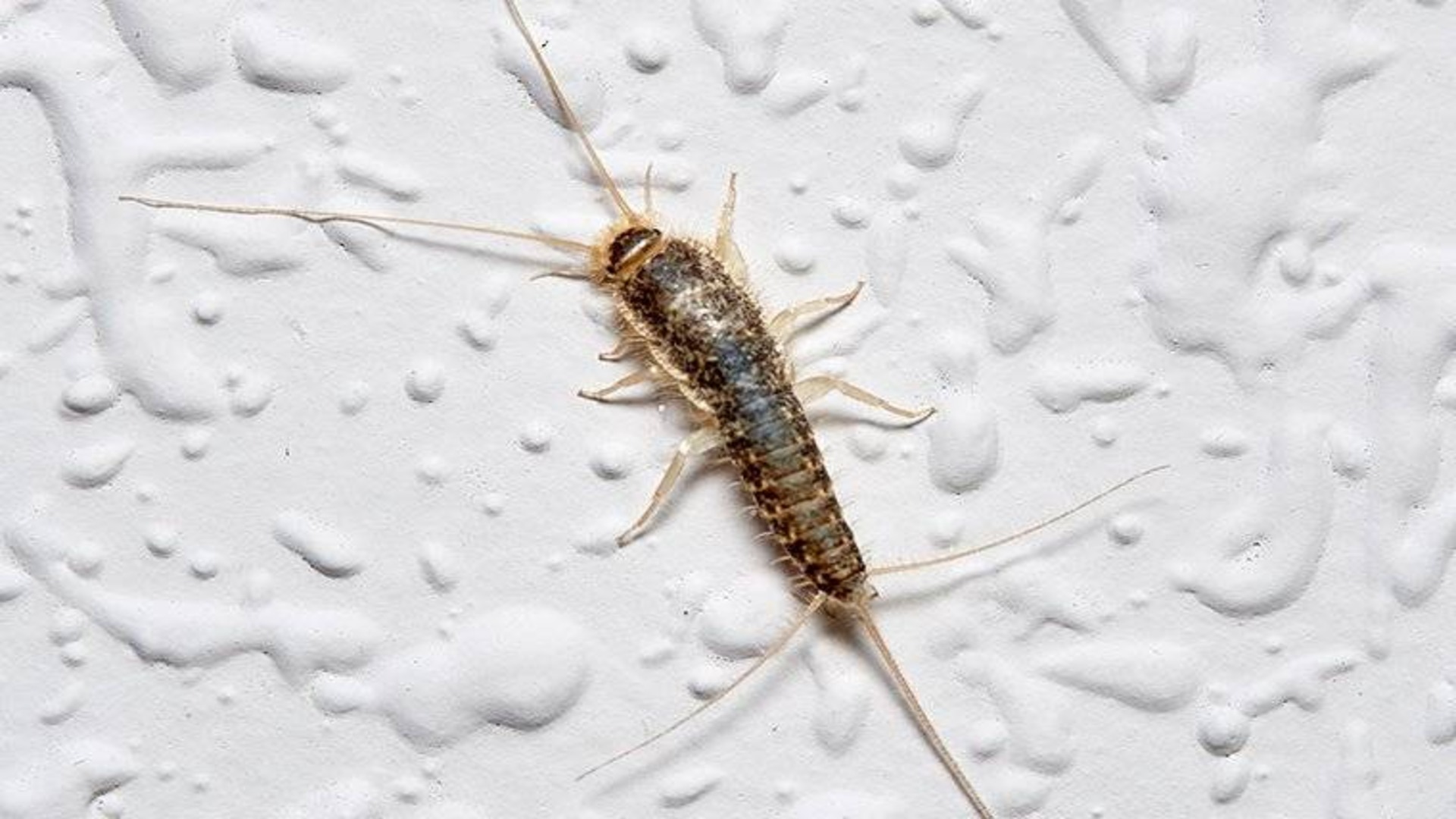

Not getting a solution?
Get your free pest control estimate today!Common Indicators of Silverfish
-
Seeing live silverfish, especially at night in kitchens, bathrooms, or basements.
-
Damaged paper, books, wallpaper, or clothing with small chew marks.
-
Tiny black droppings near infested areas.
-
Shed skins left behind as silverfish molt.
-
A faint musty odor in heavily infested areas.
How to Get Rid of Silverfish
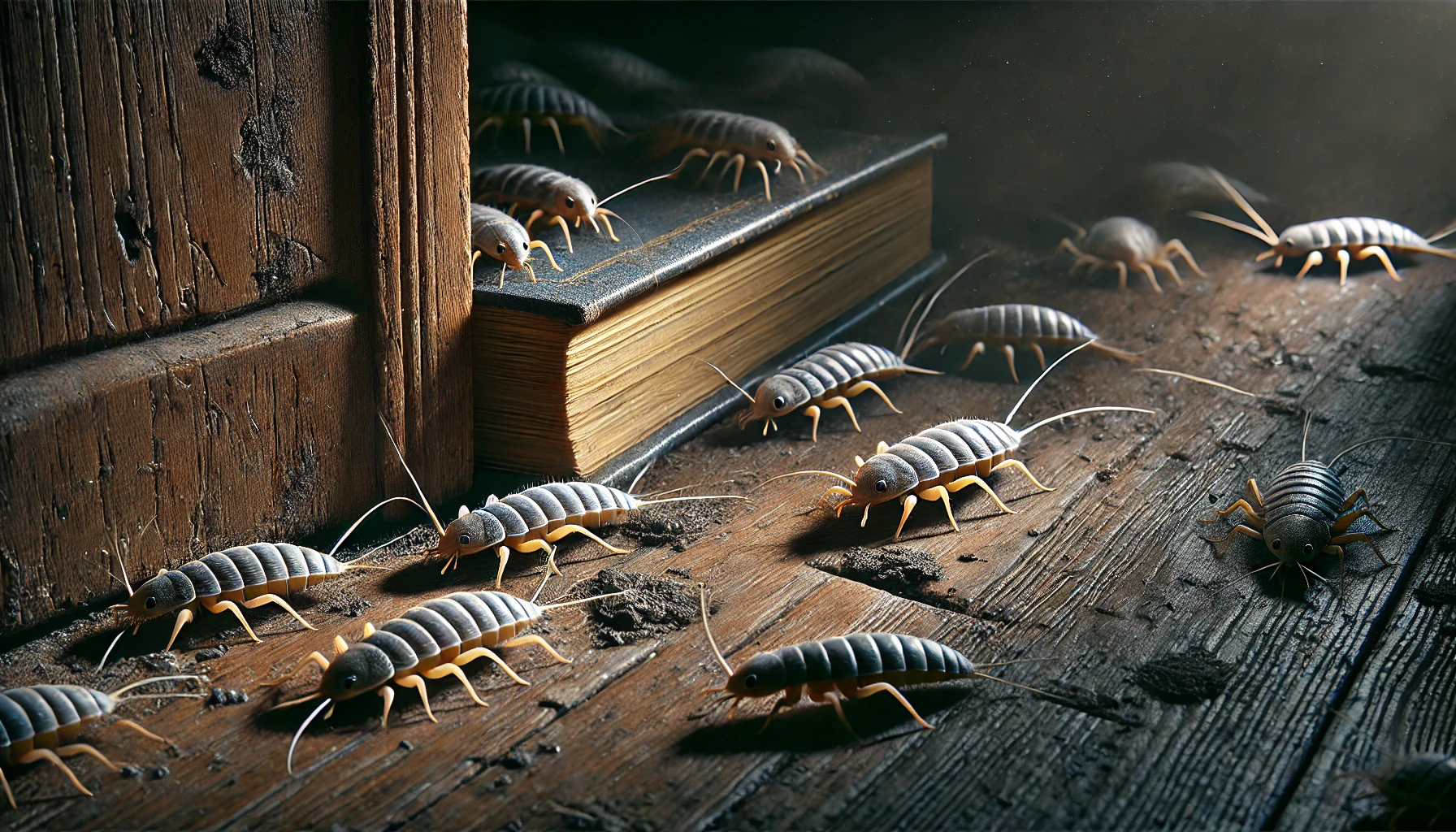 Silverfish are a small, wingless insects or organisms that flourish in dark, damp and clutter environments and also may pose both an annoyance, irritation and a risk to your household items of different types. Recognizable by their silvery hue and quick movements, these pests are commonly found in high-humidity areas, including basements, bathrooms, and kitchens. In addition to being a bothersome sight, silverfish can gradually damage books, textiles, and paper-based products.
This guide aims to familiarize you with natural, eco-friendly techniques for preventing and eradicating silverfish infestations. By emphasizing and putting your mind on moisture management, regular cleaning, and the thoughtful employment of natural repellents, you can safeguard your home without the need for harsh chemical treatments. Let us investigate how straightforward, sustainable practices can foster an environment that deters these unwelcome intruders.
Silverfish are a small, wingless insects or organisms that flourish in dark, damp and clutter environments and also may pose both an annoyance, irritation and a risk to your household items of different types. Recognizable by their silvery hue and quick movements, these pests are commonly found in high-humidity areas, including basements, bathrooms, and kitchens. In addition to being a bothersome sight, silverfish can gradually damage books, textiles, and paper-based products.
This guide aims to familiarize you with natural, eco-friendly techniques for preventing and eradicating silverfish infestations. By emphasizing and putting your mind on moisture management, regular cleaning, and the thoughtful employment of natural repellents, you can safeguard your home without the need for harsh chemical treatments. Let us investigate how straightforward, sustainable practices can foster an environment that deters these unwelcome intruders.
1. Reduce Humidity in Your Home
-
Use dehumidifiers in damp areas like basements and crawl spaces.
-
Improve ventilation in bathrooms and kitchens with exhaust fans.
-
Repair leaky pipes and fix water damage to reduce moisture levels.
-
Store firewood and paper products off the ground in dry areas.
2. Declutter and Clean Regularly
-
Vacuum carpets, corners, and baseboards frequently to remove food sources.
-
Store books and important documents in sealed plastic containers.
-
Avoid leaving clothes and towels in piles on the floor.
-
Dispose of old newspapers, magazines, and cardboard boxes.
3. Use Natural Silverfish Repellents
-
Diatomaceous Earth (DE) – A natural powder that dehydrates and kills silverfish.
-
Cedar Oil or Cedar Blocks – Silverfish dislike the scent of cedar, making it an effective deterrent.
-
Bay Leaves – Placing bay leaves in bookshelves and storage areas helps repel silverfish.
-
Lavender and Citrus Oils – Mix with water and spray in infested areas to deter pests.
4. Set Silverfish Traps
-
Sticky Traps: Place along baseboards, under sinks, and in storage areas to catch silverfish.
-
Jar Traps: Place a piece of bread inside a glass jar with tape wrapped around the outside. Silverfish climb in but cannot escape the smooth interior.
-
Rolled Newspaper Trick: Roll up a damp newspaper and leave it overnight. Discard it in the morning with trapped silverfish inside.
5. Apply Chemical Silverfish Treatments
-
Boric Acid – Sprinkle lightly in crevices and dark areas where silverfish are active.
-
Insecticide Sprays – Use pyrethrin-based sprays for long-term control.
-
Silverfish Baits – Commercial bait stations attract and eliminate silverfish.
6. Seal Entry Points and Cracks
-
Use caulk to seal cracks and gaps around doors, windows, and pipes.
-
Install weather stripping around doorways to keep pests out.
-
Ensure attic vents and crawl spaces are properly screened.
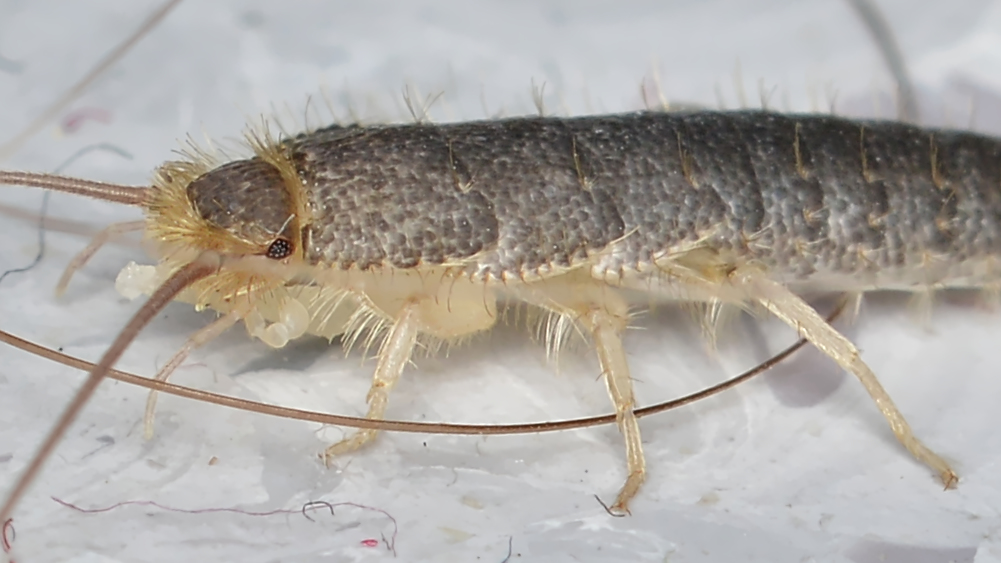
Silverfish Prevention Tips
-
Monitor with traps in problem areas to detect any returning silverfish.
-
Maintain low humidity with dehumidifiers and proper ventilation.
-
Store dry foods, clothes, and paper products in airtight containers.
-
Vacuum and dust weekly to remove food particles and silverfish eggs.
-
Inspect storage spaces, attics, and basements for signs of silverfish activity.
Signs You Need Professional Pest Control
-
A large-scale infestation that is difficult to control on your own.
-
Silverfish damaging valuable books, fabrics, or wallpaper.
-
Home remedies and store-bought solutions failing to eliminate the problem.
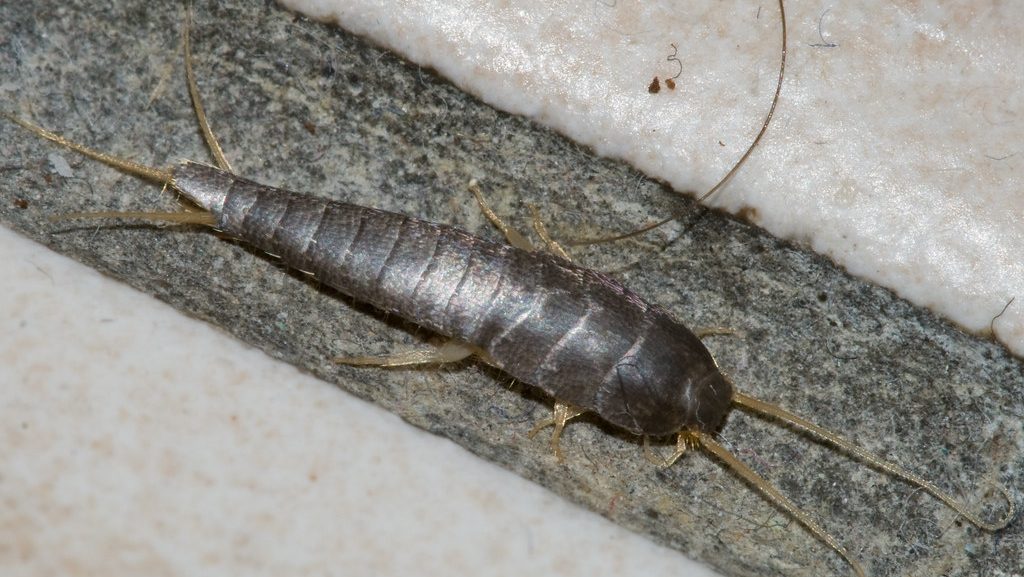 If you feel things have gone out of control, it is advised to contact pest control professionals. Our team can provide a customized approach to protect your home effectively.
Visit our Species, Control, and DIY Guide sections for additional resources on wasps and ways to tackle a wasp infestation.
Prevention techniques might not be enough if you’re already dealing with an infestation in your home. Our pest control professionals provide a customized solution to protect your home effectively.
If you feel things have gone out of control, it is advised to contact pest control professionals. Our team can provide a customized approach to protect your home effectively.
Visit our Species, Control, and DIY Guide sections for additional resources on wasps and ways to tackle a wasp infestation.
Prevention techniques might not be enough if you’re already dealing with an infestation in your home. Our pest control professionals provide a customized solution to protect your home effectively.





